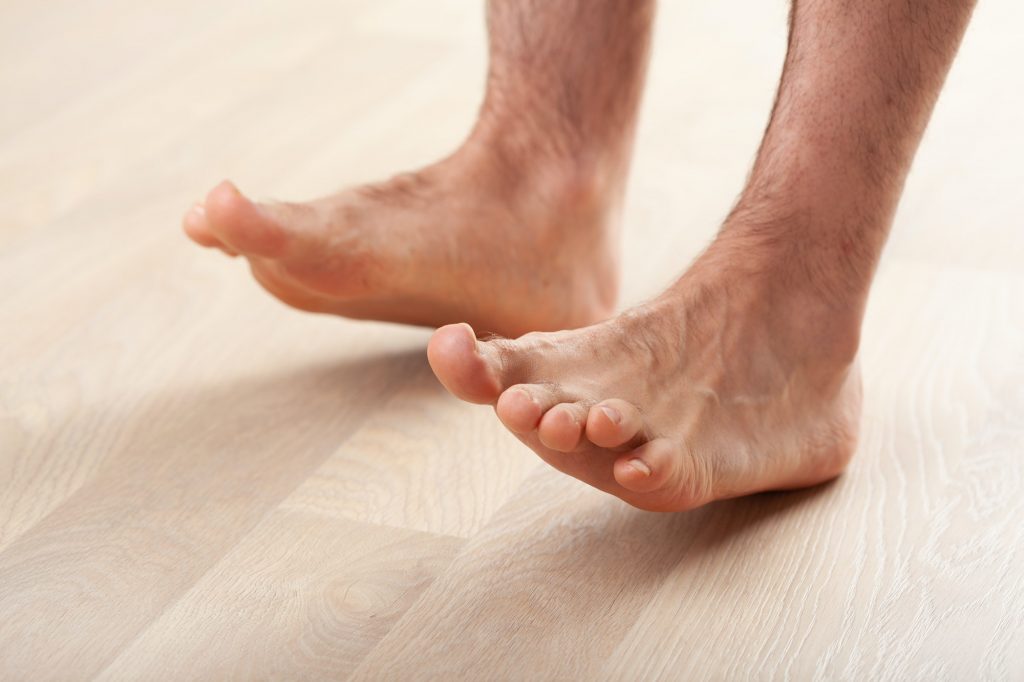What are the causes of heel pain?
By far the most common cause of heel pain is plantar fasciitis. Fascia is Latin for band and plantar refers to the bottom of the foot. The plantar fascia is strongest along the inner border of the heel, running to the base of the big toe. Counter intuitively, it is also these fibres that are most often injured. Heel spur pain is the second most common cause of heel pain. Pain while walking on your heels suggests heel spur syndrome. Other causes include Achilles tendinopathy and calcaneal stress fractures.
What are the symptoms of heel pain?
Classic heel pain is associated with plantar fasciitis. Typically the heel and the inner arch just in front of the heel are most tender with plantar fasciitis. The first few steps when getting out of bed are most excruciating and you may find yourself “spider-manning” your way from your bed to the washroom.
A painful area at the back of your heel may suggest Achilles tendon inflammation, or bursitis of the underlying bursa at the insertion of the Achilles tendon. A painful bump may be a “pump bump” a thickened area of the heel bone, often caused by pressure from a dress shoe.
If you have been diagnosed with osteoporosis, and your heel is painful when squeezed, consult your doctor to rule out a stress.
What are the treatment options for heel pain?
Initially, you may want to consider massaging your arch for 10 seconds while your toes are pulled back, tightening the plantar fascia while it is massaged. Repeat this 30 times a day. Additionally, flexing exercises to strengthen your toes by grabbing a towel is very effective as there is a correlation between toe strength and resolving plantar fasciitis.
Resting on an ice pack at the end of your day for 10 minutes can reduce the inflammation. You may want to consider a night splint which keeps the fascia taught during sleep and mitigates morning pain.
Avoid being barefoot and instead, support your arches with supportive sandals as a house slipper and foot orthotics with a deep heel cup, in good running shoes. Orthotics should be made by a pedorthist and from a proper cast of your feet, plaster or foam impression. 3D scanning technology works but standardized foot positioning is absolutely important and most non-pedorthic practitioners that have adopted digital scanning lack that fundamental understanding.
Heel pain is a common complaint that we hear from our patients. If you would like assistance with your heel pain please contact us today.

